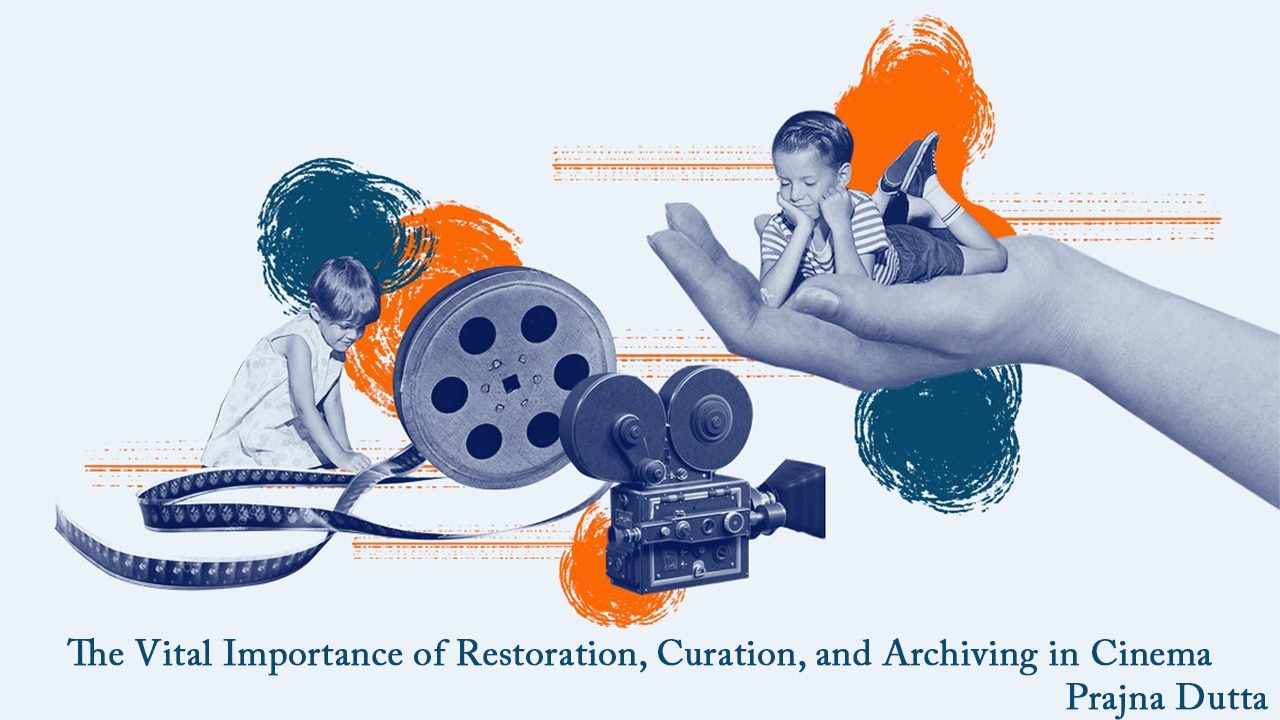Introduction
Cinema, as an art form and a cultural heritage, has played a significant role in shaping societies and documenting human experiences. From the early silent films to the modern blockbusters, movies have the power to captivate, educate, and inspire audiences across the globe. However, the preservation of cinematic works is a task that requires dedicated efforts in restoration, curation, and archiving. This article aims to explore the vital importance of these processes in ensuring that the rich history of cinema is safeguarded for future generations.
Preserving Cultural Heritage
Cinema is a reflection of a society's cultural, social, and historical context. Each film represents a unique artistic expression and a snapshot of the time in which it was created. From classic Hollywood masterpieces to groundbreaking international films, these works provide valuable insights into the human experience, traditions, and values of diverse communities. Without proper preservation, these cultural treasures are at risk of being lost forever.
Restoration: Breathing New Life into Classics
Over time, the physical film materials on which movies are stored can deteriorate, leading to color fading, sound quality degradation, and even complete loss of the original footage. To combat this, restoration efforts are crucial. Through the use of advanced digital technologies and meticulous craftsmanship, classic films can be revived to their original glory, allowing audiences to experience them as intended by the filmmakers. Restoration not only ensures the survival of iconic works but also allows future generations to appreciate the artistry and craftsmanship of the past.
Curation: Preserving Diversity and Innovation
Curation in cinema involves the selection, preservation, and presentation of films that represent a broad spectrum of styles, genres, and cultural perspectives. By curating diverse cinematic works, archivists and curators play a vital role in safeguarding the richness of global film heritage. This process ensures that a wide range of voices and narratives are represented, fostering a greater understanding and appreciation of different cultures and artistic movements.
Archiving: Protecting the Foundations of Cinema
Film archives are repositories of our cinematic history, housing a vast collection of movies, documentaries, and other audiovisual materials. These archives serve as guardians of cultural memory and are essential for scholars, filmmakers, and enthusiasts seeking to study, research, and explore the evolution of cinema. Without comprehensive archiving efforts, the loss of valuable cinematic works would result in an irreplaceable gap in the collective human record.
Educational Value and Future Generations
Restoration, curation, and archiving efforts are not only essential for preserving the past but also for educating and inspiring future generations of filmmakers, scholars, and audiences. By providing access to a diverse and well-maintained collection of films, these efforts contribute to the development of film literacy, artistic innovation, and a deeper understanding of the human experience across different eras and cultures. Furthermore, they ensure that upcoming generations have the opportunity to engage with the rich tapestry of cinematic history.
Conclusion
The preservation of cinema through restoration, curation, and archiving is a responsibility that extends beyond individual films; it is a commitment to safeguarding our shared cultural heritage for posterity. By recognizing the importance of these processes, we can ensure that the magic of cinema continues to captivate, enlighten, and resonate with audiences for generations to come. Through concerted efforts and investment in preservation initiatives, we can secure the legacy of cinema as a vital and enduring art form.

Comments